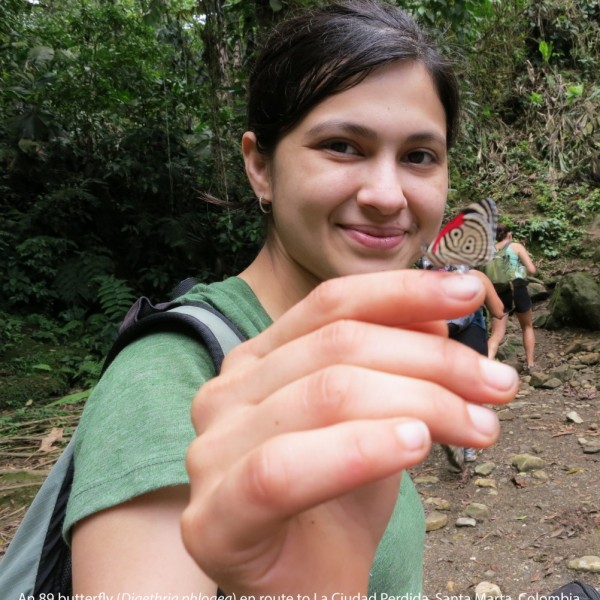
Floral trait variation in evening primroses (Onagraceae) 2016
Common Garden at Chicago Botanic Garden
Ecology, Genetics, Population Biology, Reproductive Biology
The evening primrose family, Onagraceae, shows spectacular inter- and intra-specific variation in floral morphology, floral scent and mating systems. As part of a large NSF-funded Dimensions of Biodiversity project, we have documented both inter- and intra-specific variation in floral traits in 14 species of Onagraceae and have found striking intraspecific polymorphisms in many taxa. In these species, a single compound called linalool (smells like Fruit Loops!) is polymorphic both within and across populations. Why do some plants produce linalool and others do not? And what generates and maintains variation in floral traits? Using seeds collected from wild populations, an REU student will have the opportunity to develop a project that examines the causes of variation in scent and in other floral traits (size, nectar) with experimental common garden/greenhouse/growth chamber studies. Questions that can be addressed include: (1) the plasticity of floral morphology and scent and whether variation observed in the field is replicated in experimental studies, (2) the extent to which trait differences are influenced by edaphic factors, (3) variation in mating system evolution and its relationship to floral morphology and scent. Other projects relating to floral traits in Onagraceae can also be examined.



